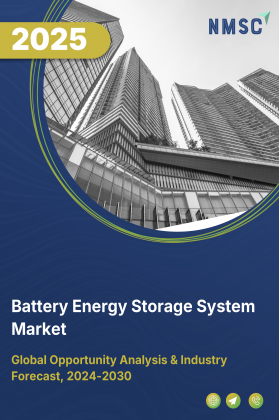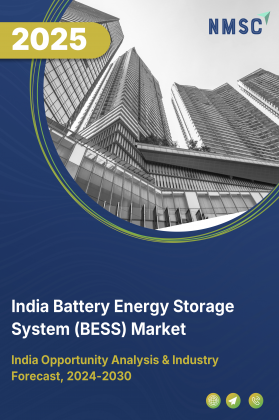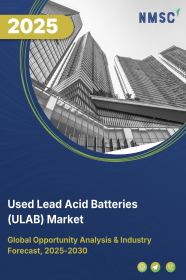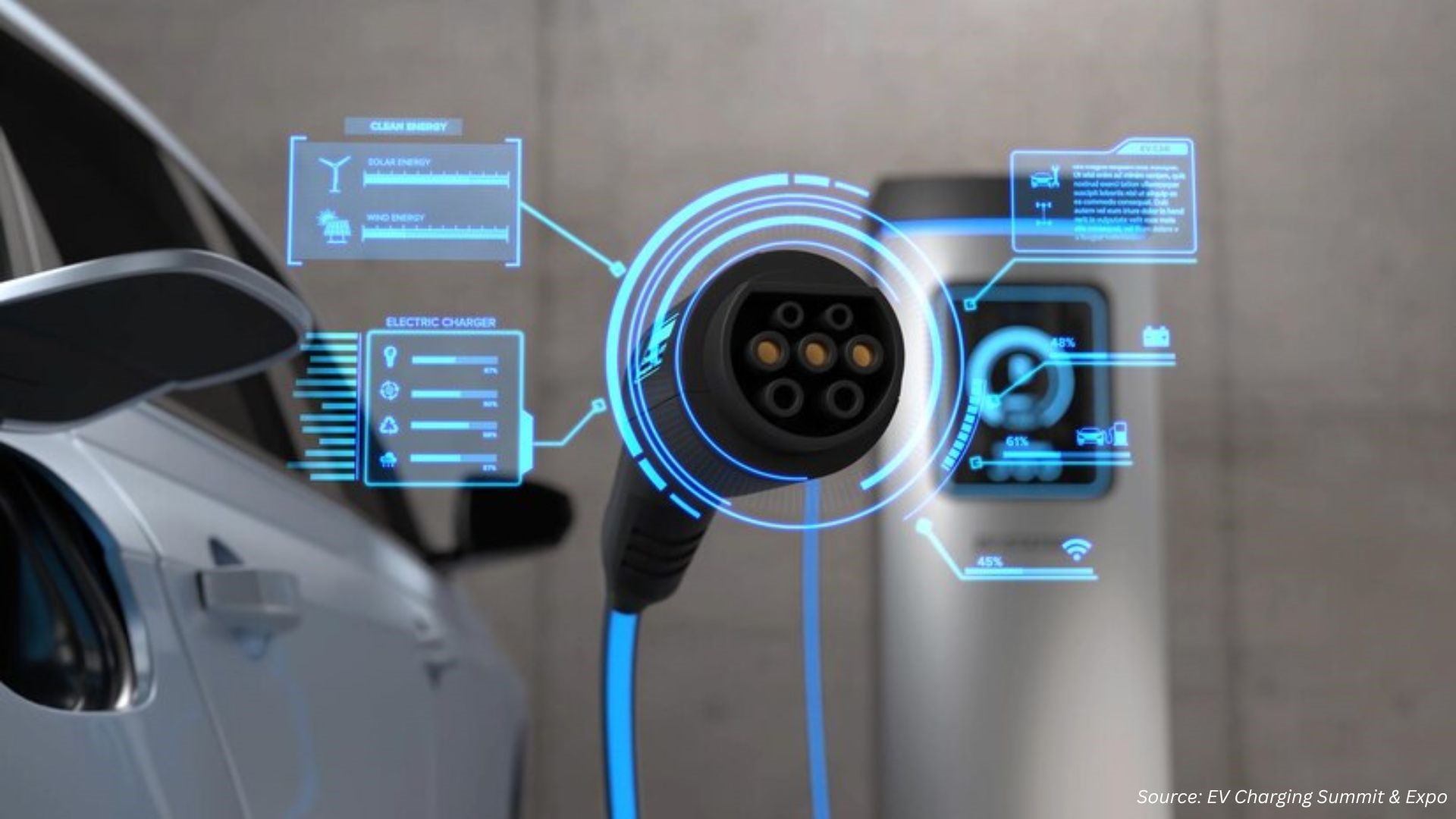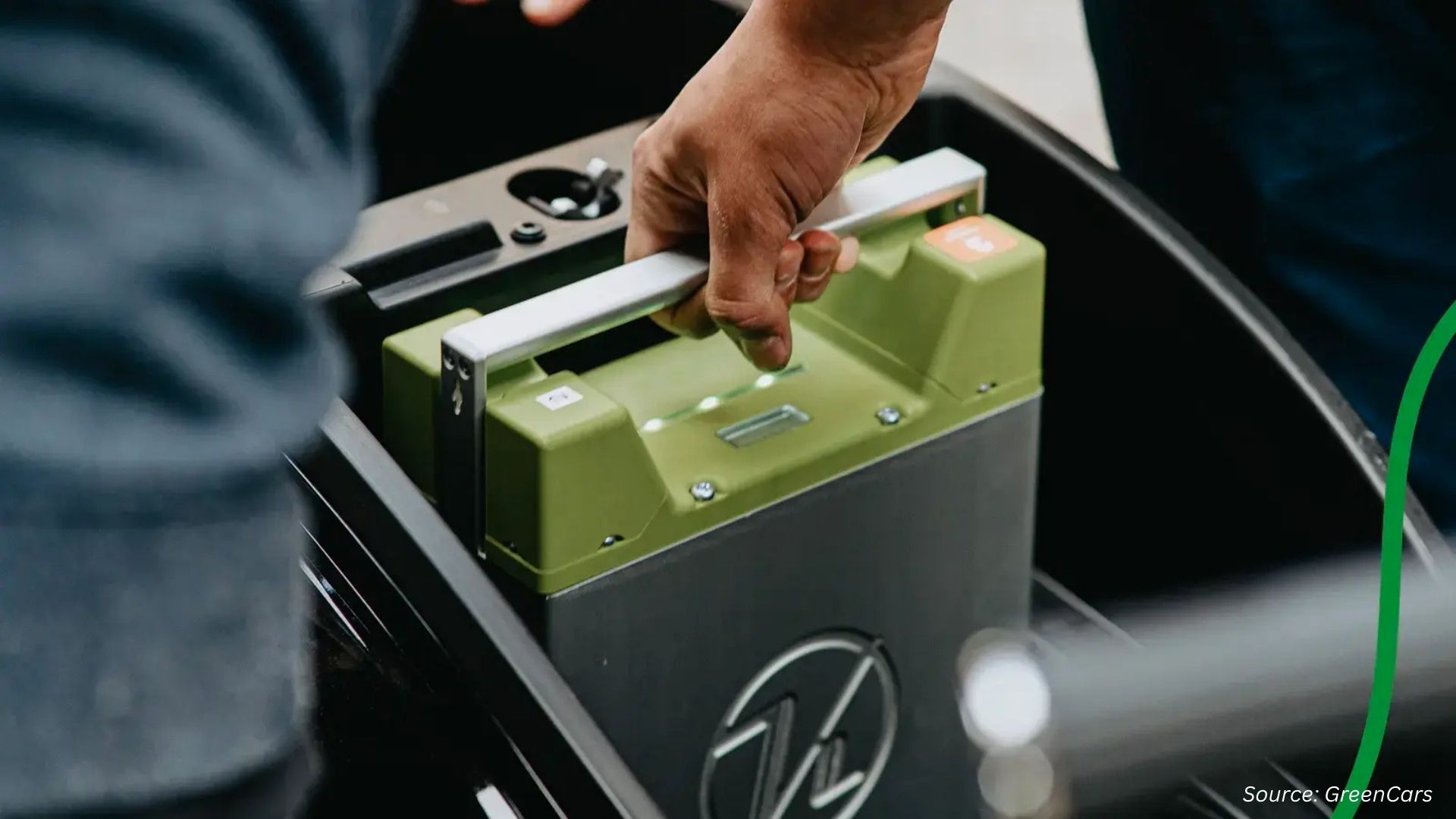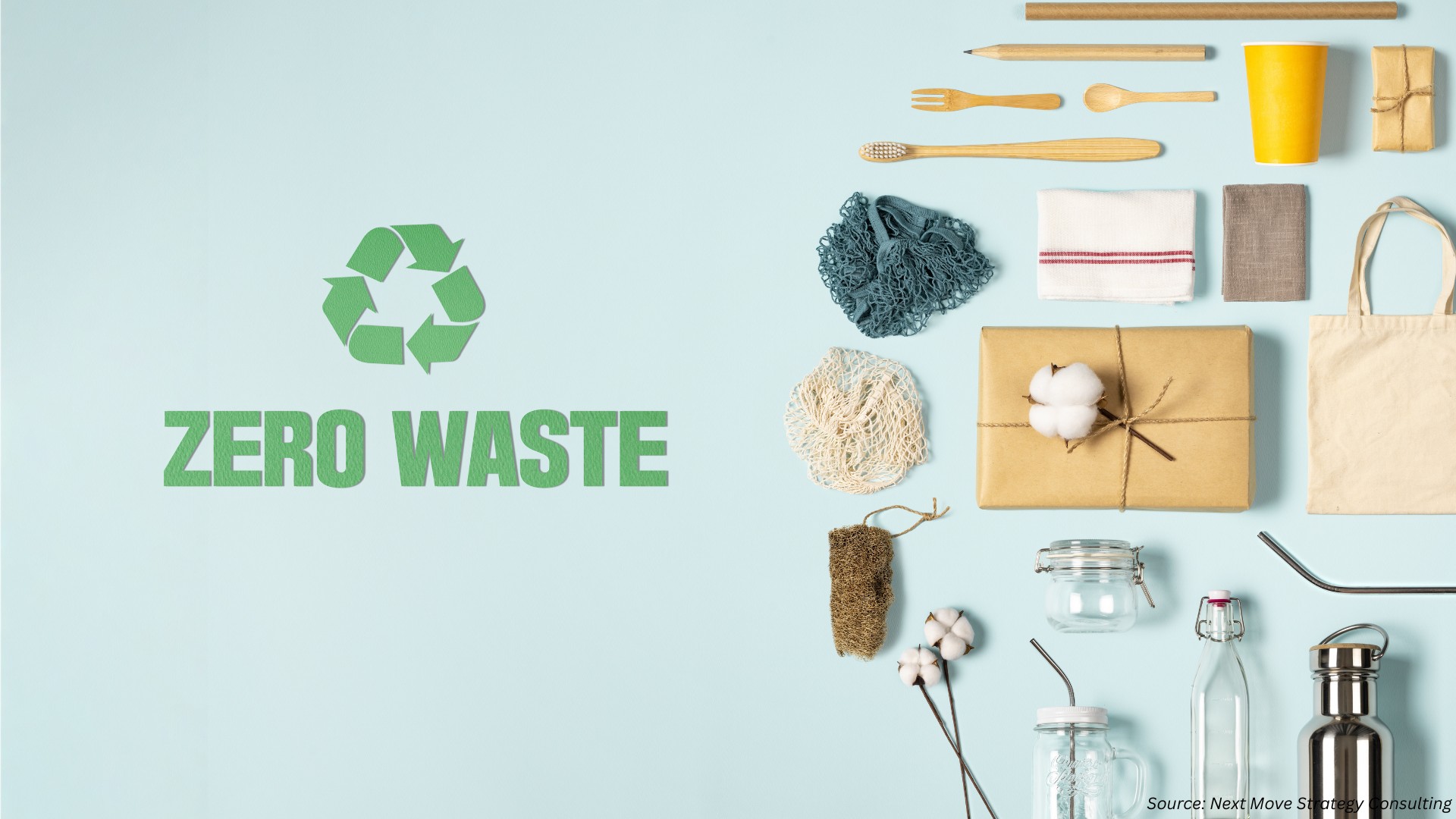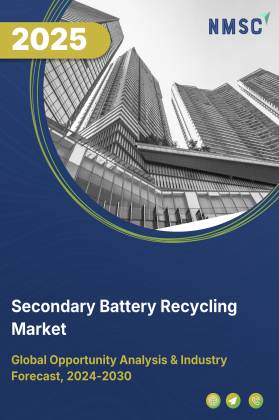
Secondary Battery Recycling Market by Type (Lead Acid, Lithium-Ion, and Others), by Recycling Process (Hydrometallurgical, Pyrometallurgical and Others), by Material Output (Metals and Non-Metallic), by Business Model (Pure-play Recyclers, Battery OEM / Tier-1 Verticals and Others), by Application (New Battery Manufacturing, Non-Battery Industries, and Others), by End-User (Manufacturing, Energy & Utilities, and Others) – Global Opportunity Analysis and Industry Forecast 2025–2030
Industry Overview
The global Secondary Battery Recycling Market size is valued at USD 269.17 billion in 2024, and is projected to grow by USD 315.55 billion by 2025. Additionally, the industry is expected to continue its growth trajectory, reaching USD 698.66 billion by 2030, with a CAGR of 17.2% from 2025 to 2030.
The market plays a critical role in the transition to a circular economy and the sustainable electrification of transport, energy, and consumer electronics. As demand for these batteries accelerates, so too does the volume of spent batteries that require responsible end-of-life management.
The recycling of secondary batteries is essential for recovering valuable materials such as lithium, cobalt, nickel, and manganese, reducing the environmental impact of battery disposal, and mitigating reliance on raw material extraction. With global supply chain concerns and geopolitical tensions affecting the availability and cost of critical minerals, battery recycling has become a strategic imperative for many governments and corporations.
With the convergence of environmental regulations, technological innovation, and booming battery demand, the secondary battery recycling market is emerging as a linchpin in the global clean energy ecosystem, driving economic value while reducing ecological harm.
Surging Demand for Electric Vehicles and Energy Storage Systems is Driving Market Growth
The rapid adoption of electric vehicles and the expansion of renewable energy storage solutions are significantly increasing the demand for secondary battery recycling. As EVs become more prevalent, the need to recycle used batteries to recover valuable materials like lithium, cobalt, and nickel becomes critical.
In 2024, global electric vehicle sales surpassed 17 million units, marking a year-on-year growth of approximately 25% and pushing EVs to account for over 20% of all new car sales worldwide. China alone contributed around 11 million units, representing nearly 60% of the global total and reaffirming its dominance in the EV sector.
As more EV batteries reach end-of-life and grid-scale systems age, the volume of spent lithium-ion cells is set to rise sharply after 2035, making recycling an essential source of critical minerals. According to the IEA, scaling up recycling could supply 20–30 % of global lithium, nickel and cobalt demand by 2050.
Supportive Government Policies and Sustainability-Focused Incentives are Emerging as Key Market Trends
Governments worldwide are implementing policies and incentives to promote battery recycling as part of broader sustainability and environmental protection goals. The U.S. Department of Energy announced a USD 14 million initiative to fund over 1,000 consumer battery collection sites, enhancing the recycling of batteries from phones, computers, and other electronics.
In Europe, the European Union has mandated that industrial batteries must include minimum shares of recycled lithium, nickel, and cobalt by 2031, aiming to reduce dependence on imports and promote a circular economy. These policies are expected to drive the growth of the battery recycling market by creating a more favorable regulatory environment and encouraging investment in recycling infrastructure.
Technological Advancements in Recycling Processes are Accelerating Market Expansion
Advancements in recycling technologies are making battery recycling more efficient and cost-effective, thereby driving market growth. Innovations in hydrometallurgical and pyrometallurgical processes have improved the recovery rates of valuable metals from used batteries.
Companies like Ascend Elements are constructing new facilities to recycle used EV batteries and manufacturing scrap, providing materials for the production of new batteries. Their facility in Kentucky, scheduled to start operations by January 2025, will recycle 24,000 metric tons of used EV batteries annually. These technological advancements are crucial for improving the economics of battery recycling and meeting the growing demand for recycled materials.
Economic Viability of Recycling Processes Poses as a Key Challenge
Despite strong momentum driven by environmental regulations and rising demand for critical minerals, the economic viability of large-scale battery recycling remains a key challenge in the secondary battery recycling market expansion. High costs associated with collection, transportation, and processing often outweigh the revenue from recovered materials, particularly during periods of low commodity prices. The profitability of recycling varies by battery chemistry, with cobalt- and nickel-rich types offering better returns than lower-value chemistries like LFP.
Smaller operations face cost disadvantages due to lack of scale, and regional disparities in infrastructure and regulatory support further complicate economics. Additionally, the complexity and cost of extracting materials from recycled batteries pose challenges, especially when mineral prices are low, potentially leading to negative profit margins.
Expansion of Recycling Infrastructure in Emerging Markets Presents a Significant Opportunity
There is a significant opportunity for growth in expanding battery recycling infrastructure in emerging markets, where EV adoption and energy storage needs are rapidly increasing. Countries across the Asia-Pacific region are seeing a surge in demand for sustainable battery disposal and material recovery solutions, driven by rising energy needs and supportive government policies.
Investing in recycling facilities and advanced processing technologies in these markets not only helps meet the increasing demand for critical battery materials but also supports circular economy initiatives and environmental sustainability. As governments and private players intensify efforts to build robust recycling ecosystems, emerging markets are well-positioned to become key contributors to the global secondary battery supply chain.
Market Segmentations and Scope of the Study
The secondary battery recycling market report is segmented on the basis of type, recycling process, material output, business model, end-market application, end-user and region. On the basis of type, the market is segmented into Lead Acid, Lithium-Ion and others. On the basis of the recycling process, the market is divided into hydrometallurgical, pyrometallurgical, mechanical and direct recycling. On the basis of material output, the market is classified into metals and non-metallic components. On the basis of business model, the market is divided into pure-play recyclers, battery OEM/Tier-1 verticals, integrated metal miners & refiners and others. On the basis of application, the market is classified into new battery manufacturing, second-life/repurposed storage systems, and non-battery industries. On the basis of end-user, the market is divided into manufacturing, energy & utilities, oil & gas, transportation and others. The regional breakdown includes regions such as North America, Europe, Asia-Pacific, and the Rest of the World (RoW).
Geographical Analysis
In North America, secondary battery recycling has become a cornerstone of the clean-energy transition, with the region capturing more than 40% of global market revenue through a combination of advanced hydrometallurgical processes and supportive policy incentives.
North America’s secondary battery recycling market share is underpinned by landmark legislation such as the U.S. Inflation Reduction Act. Industry leader Redwood Materials already processes over 70% of North America’s lithium-ion waste and aims to produce 100 GWh of cathode active material annually by 2026, further localizing critical-mineral supply chains.
Also, North American recyclers fulfill over 90% of regional lead demand, underscoring the maturity and scale of domestic recycling infrastructure. At the same time, lithium-ion cell production capacity is rising from around 114 GWh in 2024 to projections over 1,300 GWh by 2030 creating a robust feedstock pipeline for recycling facilities. Together, these elements position North America as a leader in recycling infrastructure and policy-driven circularity in the global secondary battery industry.
Europe’s recycling landscape is driven by strict circular economy directives and upcoming recycled-content mandates, which will require minimum levels of lithium, nickel, and cobalt by 2031. However, elevated energy costs have slowed the pace of capacity expansion. While more than thirty recovery projects have been announced, Europe may still struggle to meet the recycling demand projected to support two million EVs by 2030. Though the region is heavily focused on regulatory reform and scaling efforts, economic and operational challenges continue to hinder its full realization of leadership in the space.
The Asia-Pacific region’s impressive expansion is fueled by proactive government schemes that champion sustainable transport, a well-established manufacturing base, and soaring electric-vehicle uptake. This momentum is further bolstered by seamless supply chains that efficiently gather and process spent batteries, alongside collaborative public–private ventures financing cutting-edge recycling technology.
With abundant local raw materials and regulatory frameworks that emphasize reuse, capacity can scale swiftly and innovations flourish. China’s pivotal role, operating about 65% of the world’s public chargers and 60% of its electric light-vehicle fleet, illustrates the depth of its EV network, ensuring spent cells flow effortlessly to recycling plants. Its contribution of 80% of new fast chargers in 2024 highlights how rapidly it can build supporting infrastructure, smoothing the path for secondary-battery recovery.
By contrast, Latin America and the RoW battery recycling markets remain in a nascent stage, but recent developments show rapid momentum. By the end of 2024, the light EV fleet in Latin America and the Caribbean had surged nearly threefold from around 249,000 to 444,071 vehicles, marking an astonishing 187% year-on-year growth, and in 2024 EV sales across the region rose 60% overall. Also, Colombia notched a standout 150% increase in EV sales between 2023 and 2024, yet startups struggle with low battery recovery due to limited logistics and transport infrastructure.
Meanwhile, the Inter-American Development Bank’s 2024 report highlights a policy gap, although Latin America holds 67% of the world’s lithium reserves, regulatory frameworks and formal collection systems are just emerging, even now, many countries lack Extended Producer Responsibility laws focused on battery waste. Together, these indicators paint a region in its infancy, yet swiftly constructing the policy, supply chain, and market foundations needed to support scalable battery recycling.
These regional dynamics reveal a clear pattern, mature markets leverage policy and capital to optimize existing infrastructure, while fast-growing regions like Asia-Pacific and Latin America are leap-frogging with aggressive capacity build-out and favorable regulation underscoring a global shift toward a truly circular battery economy.
Strategic Analysis of Companies in the Secondary Battery Recycling Industry
Between 2024 and 2025, the global market has witnessed significant strategic movements by leading companies, each aiming to enhance their market share, brand visibility, and long-term growth potential through innovation, regional expansion, and strategic partnerships.
-
In June 2025, Redwood Materials launched Redwood Energy, deploying second-life EV batteries for a 12 MW/63 MWh AI data-center project with Crusoe Power. This AI-powered microgrid using second-life EV batteries signals a commercial breakthrough, boosting confidence, scalability, and profitability in the secondary battery recycling market demand, globally.
-
In March 2025, Fortum Battery Recycling was awarded USD 91.9 million from Business Finland to scale its hydrometallurgical Li-ion recycling plant in Harjavalta, Finland, an expansion critical to meet Nordic raw-material targets.
-
In Feb 2025, Aqua Metals outlined a giga-scale acceleration, prioritizing battery-grade lithium carbonate output, more than doubling Phase 1 Sierra ARC targets, while securing strategic partnerships and milestones for its first North American Li-ion AquaRefining campus.
-
In January 2025, Li-Cycle Holdings Corp. strengthened its European foothold, signing an exclusive recycling agreement with a luxury German OEM to supply its Magdeburg Spoke with manufacturing scrap.
-
In mid-2024, Stena Recycling launched a pilot EV-battery logistics project at Ausenfjellet, Norway to refine safe collection and reuse processes. and in early 2025 inked a second-life partnership with Nissan Norway to repurpose Leaf batteries into stationary storage, bolstering its circular-services portfolio.
Secondary Battery Recycling Market Key Segments
By Type
-
Lead Acid
-
Lithium-Ion (Li-ion)
-
Nickel Metal Hydride
-
Others
By Recycling Process
-
Hydrometallurgical
-
Pyrometallurgical
-
Mechanical
-
Direct Recycling
By Material Output
-
Metals
-
Non-Metallic Components
-
Electrolytes
-
Plastics
-
Black Mass
-
By Business Model
-
Pure-play Recyclers
-
Battery OEM / Tier-1 Verticals
-
Integrated Metal Miners & Refiners
-
Equipment & Technology Providers
-
Service Aggregators & EPR Consortia
By Application
-
New Battery Manufacturing
-
Second-Life / Repurposed Storage Systems
-
Non-Battery Industries
By End-User
-
Manufacturing
-
Energy & Utilities
-
Oil & Gas
-
Transportation
-
Chemicals & Pharmaceuticals
-
Building Automation & Smart Infrastructure
-
Mining & Metals
-
Water & Wastewater
-
Others
By Region
-
North America
-
The U.S.
-
Canada
-
Mexico
-
-
Europe
-
The UK
-
Germany
-
France
-
Italy
-
Spain
-
Denmark
-
Netherlands
-
Finland
-
Sweden
-
Norway
-
Russia
-
Rest of Europe
-
-
Asia-Pacific
-
China
-
Japan
-
India
-
South Korea
-
Australia
-
Indonesia
-
Singapore
-
Taiwan
-
Thailand
-
Rest of Asia-Pacific
-
-
RoW
-
Middle East
-
Africa
-
Latin America
-
Key Players
-
Li-Cycle Holdings Corp
-
Redwood Materials
-
Umicore
-
American Battery Technology Co.
-
GEM Co., Ltd.
-
Stena Recycling
-
Fortum Battery Recycling
-
Ascend Elements
-
Cirba Solutions
-
Ganfeng Lithium
-
Aqua Metals
-
Ecobat
REPORT SCOPE AND SEGMENTATION:
|
Parameters |
Details |
|
Market Size in 2025 |
USD 315.55 Billion |
|
Revenue Forecast in 2030 |
USD 698.66 Billion |
|
Growth Rate |
CAGR of 17.2% from 2025 to 2030 |
|
Analysis Period |
2024–2030 |
|
Base Year Considered |
2024 |
|
Forecast Period |
2025–2030 |
|
Market Size Estimation |
Billion (USD) |
|
Growth Factors |
|
|
Countries Covered |
28 |
|
Companies Profiled |
15 |
|
Market Share |
Available for 10 companies |
|
Customization Scope |
Free customization (equivalent to up to 80 working hours of analysts) after purchase. Addition or alteration to country, regional, and segment scope. |
|
Pricing and Purchase Options |
Avail customized purchase options to meet your exact research needs. |

















 Speak to Our Analyst
Speak to Our Analyst



